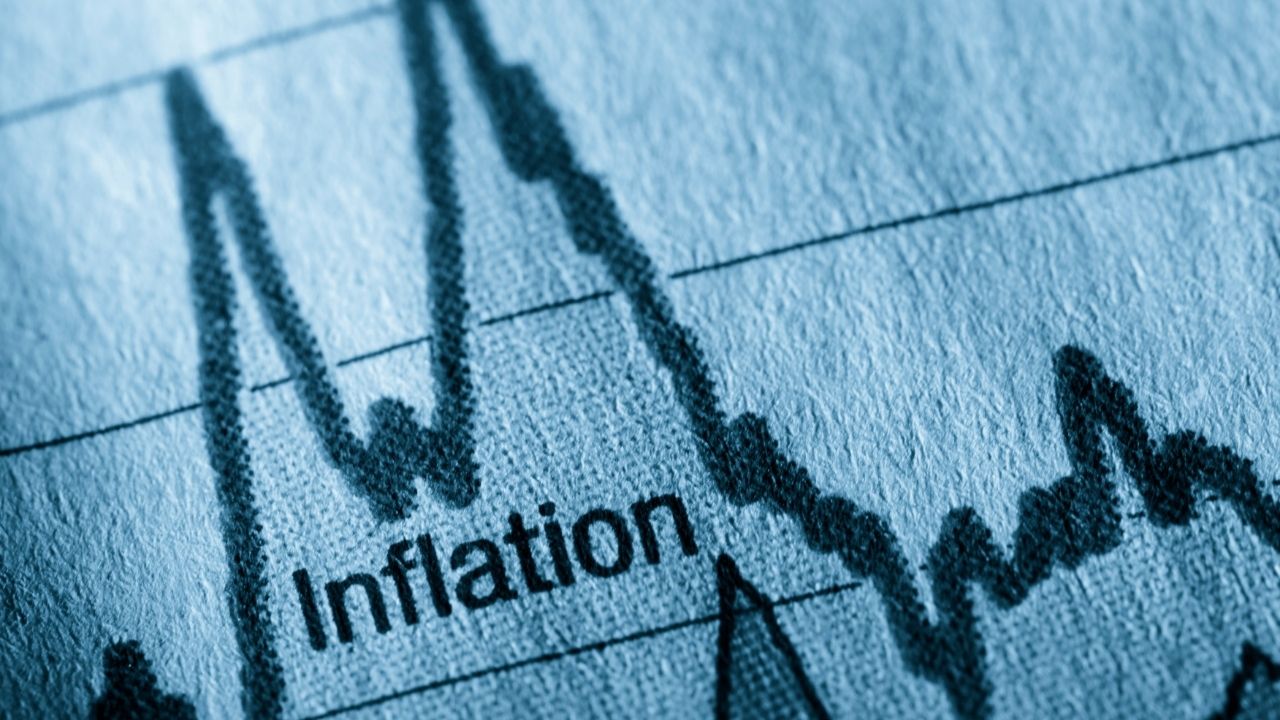The pace of inflation has slightly slowed for the first time since August of 2021, but it still grew 8.3% from this time one year ago according to the April Consumer Price Index (CPI) report from the Bureau of Labor Statistics.
The Dow Jones forecasted that the CPI would grow to 8.1%, greatly alleviating the pressure from March’s 8.5% increase.
However, the core CPI still rose 6.2%, which disregards food and energy prices. As a result, inflation is still hovering around the 40-year high and may not ease up as quickly as experts had hoped.
The Bureau of Labor Statistics report also showed that month-over-month gains exceeded expectations, coming in at 0.3% on headline CPI as opposed to the 0.2% estimates.
Despite the increased cost of living, real wages fell 0.1% last month. However, average hourly earnings grew 0.3%.
While energy prices dipped in April by 2.7%, the food index increased by 0.9% according to unadjusted data.
In response to the pressure of price increases, the Federal Reserve recently conducted two interest rate hikes and have indicated that there could be more. It is uncertain whether this will be enough to provide relief, however.
“We’re starting to see energy pull back a little bit, but it’s not enough,” said Kathy Jones, chief fixed income strategist at Charles Schwab. “The markets were hoping for a better number and it’s not good enough to rule out more Fed tightening.”


 Dr. Gleb Tsipursky – The Office Whisperer
Dr. Gleb Tsipursky – The Office Whisperer Nirit Cohen – WorkFutures
Nirit Cohen – WorkFutures Angela Howard – Culture Expert
Angela Howard – Culture Expert Drew Jones – Design & Innovation
Drew Jones – Design & Innovation Jonathan Price – CRE & Flex Expert
Jonathan Price – CRE & Flex Expert











